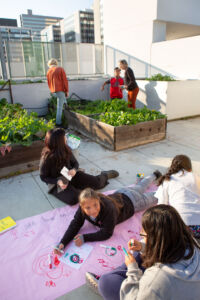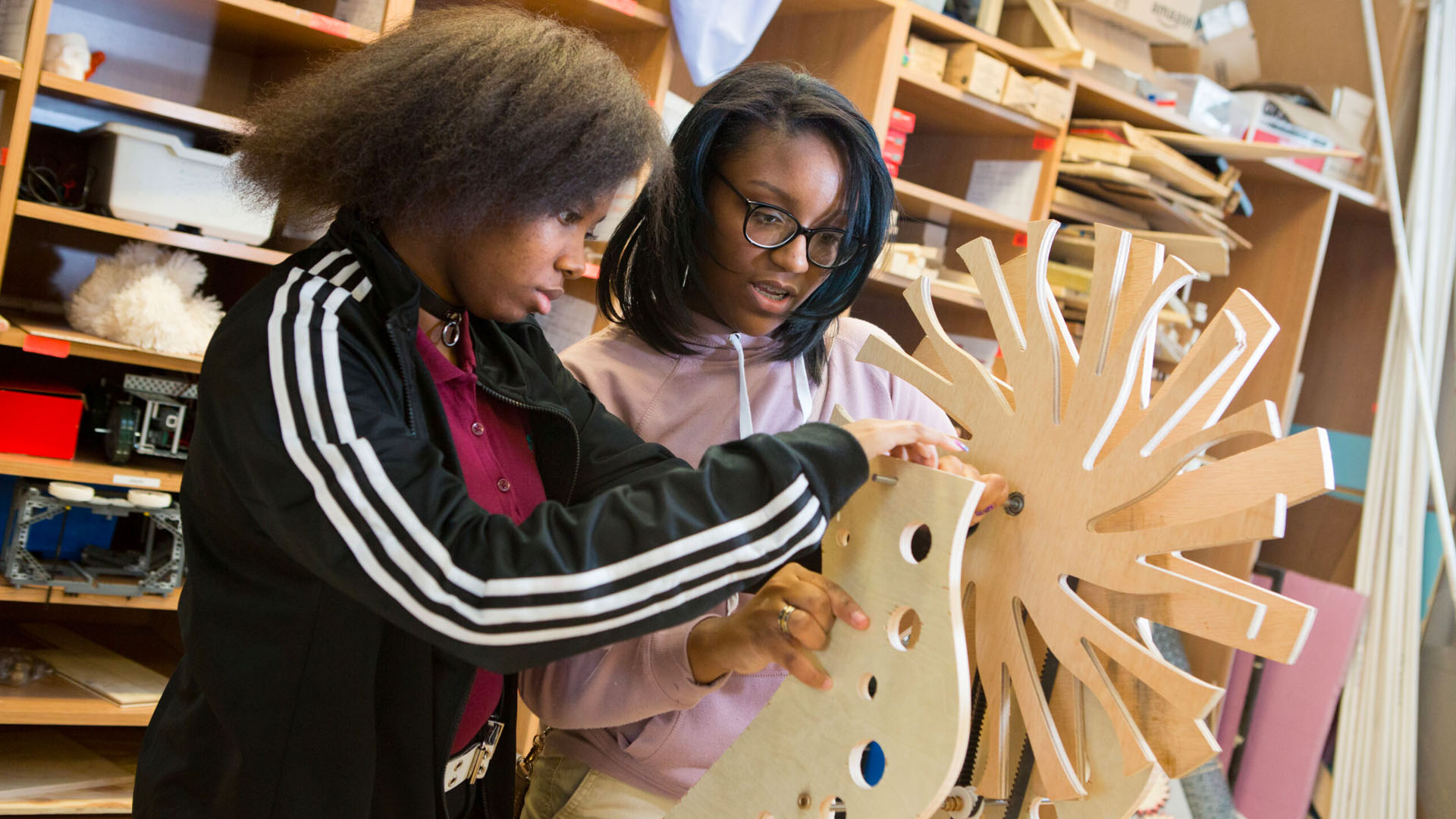Nearly eleven years ago, NASA carried out a mission to land the fourth rover on Mars’ surface. The Mars rover Curiosity was aptly named to capture the essence of scientific exploration and human curiosity. The choice of the name reflects our innate desire to unravel the mysteries of the unknown and expand our understanding of the universe. It symbolizes the rover’s mission to investigate the Martian landscape, search for evidence of past microbial life, and study the planet’s geology. By embodying the spirit of curiosity, the name serves as a reminder of humanity’s relentless pursuit of knowledge and the boundless possibilities that lie beyond our home planet. Now, Mars rovers and space exploration are fun and interesting, but what does this have to do with the classroom? In today’s rapidly evolving world, education has become more than just the transmission of knowledge; it is about cultivating curious minds that are eager to explore, question, and discover. Curiosity is a fundamental trait which fuels intellectual growth and leads to a deeper understanding of the world. Building curious classrooms, where curiosity is nurtured and celebrated, is essential for fostering lifelong learning.
“Curiosity empowers students to take an active role in their learning journey, propelling them to seek answers, engage in meaningful discussions, and think independently.”
Curiosity is the driving force behind exploration, critical thinking, and creativity. It is the foundation upon which new knowledge is built. In an educational context, curiosity empowers students to take an active role in their learning journey, propelling them to seek answers, engage in meaningful discussions, and think independently. According to research by Kashdan et al. (2021), curiosity is associated with higher academic achievement, increased motivation, and enhanced problem-solving skills. Therefore, building curious classrooms is not only beneficial for students’ intellectual growth but also for their overall academic success. This all sounds great, right? How do you make it happen? There are five common threads that run throughout the curious classroom:
-

Photo by Allison Shelley for EDUimages Encouraging Questions: A curious classroom is one where students feel comfortable asking questions and exploring diverse perspectives. Teachers can foster an environment that promotes curiosity by valuing and encouraging student inquiries. According to DeWitt (2020), teachers who embrace questions and create a safe space for curiosity inspire students to delve deeper into their learning and develop a growth mindset.
- Active Learning Strategies: Incorporating active learning strategies can stimulate curiosity and engagement in the classroom. Project-based learning, hands-on experiments, and real-world applications provide opportunities for students to explore and discover knowledge firsthand. As discussed by Heick (2018), active learning encourages curiosity by connecting learning to students’ interests and experiences, making it more relevant and meaningful.
- Cultivating a Growth Mindset: Building a growth mindset is crucial for fostering curiosity. Students should understand intelligence and abilities can be developed through effort and practice. By praising effort, emphasizing the process over the outcome, and reframing challenges as opportunities for growth, teachers can foster a resilient and curious mindset. According to Dweck (2016), cultivating a growth mindset supports students in embracing challenges and seeking new knowledge.
- Promoting Inquiry-Based Learning: Inquiry-based learning empowers students to take ownership of their learning process. By posing open-ended questions, encouraging research, and guiding students to seek answers independently, teachers can ignite curiosity and critical thinking skills. Research by Blumenfeld et al. (2020) demonstrates inquiry-based learning fosters curiosity, information-seeking behaviors, and a deeper understanding of concepts.
- Integrating Technology: Utilizing technology in the classroom can expand opportunities for curiosity-driven learning. Virtual simulations, online resources, and interactive platforms provide students with access to a vast array of information and tools for exploration. Technology integration, when used effectively, can stimulate curiosity, creativity, and collaboration. Research by Voogt et al. (2019) emphasizes the role of technology in promoting curiosity and engagement in the classroom.
“Embracing curiosity in the classroom not only enhances students’ academic achievements but also equips them with the essential skills needed to thrive in an ever-changing world.”
Cultivating curiosity in educational settings is critical for building curious classrooms that foster lifelong learning. By encouraging questions, implementing active learning strategies, cultivating a growth mindset, promoting inquiry-based learning, and integrating technology, teachers can create an environment that nurtures and celebrates curiosity. Embracing curiosity in the classroom not only enhances students’ academic achievements but also equips them with the essential skills needed to thrive in an ever-changing world. As Eleanor Roosevelt once said, “The purpose of education is to enable us to continue our learning throughout our lives.” Building curious classrooms is the first step towards empowering students to become lifelong learners.
-
Kashdan, T. B., Stiksma, M. C., Disabato, D. J., McKnight, P. E., Bekier, J., Kaji, J., … & Lazarus, R. (2021). The five-dimensional curiosity scale: Capturing the bandwidth of curiosity and identifying four unique subgroups of curious people. Journal of Research in Personality, 93, 103997.
-
DeWitt, P. (2020). Cultivating curiosity in the classroom. Edutopia. Retrieved from https://www.edutopia.org/article/cultivating-curiosity-classroom
-
Heick, T. (2018). Why Curiosity Enhances Learning. TeachThought. Retrieved from https://www.teachthought.com/learning/curiosity-enhances-learning/
-
Dweck, C. S. (2016). Mindset: The new psychology of success. Random House.
-
Blumenfeld, P. C., Soloway, E., Marx, R. W., Krajcik, J. S., Guzdial, M., & Palincsar, A. (2020). Motivating project-based learning: Sustaining the doing, supporting the learning. Educational psychologist, 26(3-4), 369-398.
-
Voogt, J., Erstad, O., Dede, C., & Mishra, P. (Eds.). (2019). Handbook of research on teacher education in the digital age. Springer.
Resources
Please login or register to claim PGPs.
Alternatively, you may use the PGP Request Form if you prefer to not register an account.



